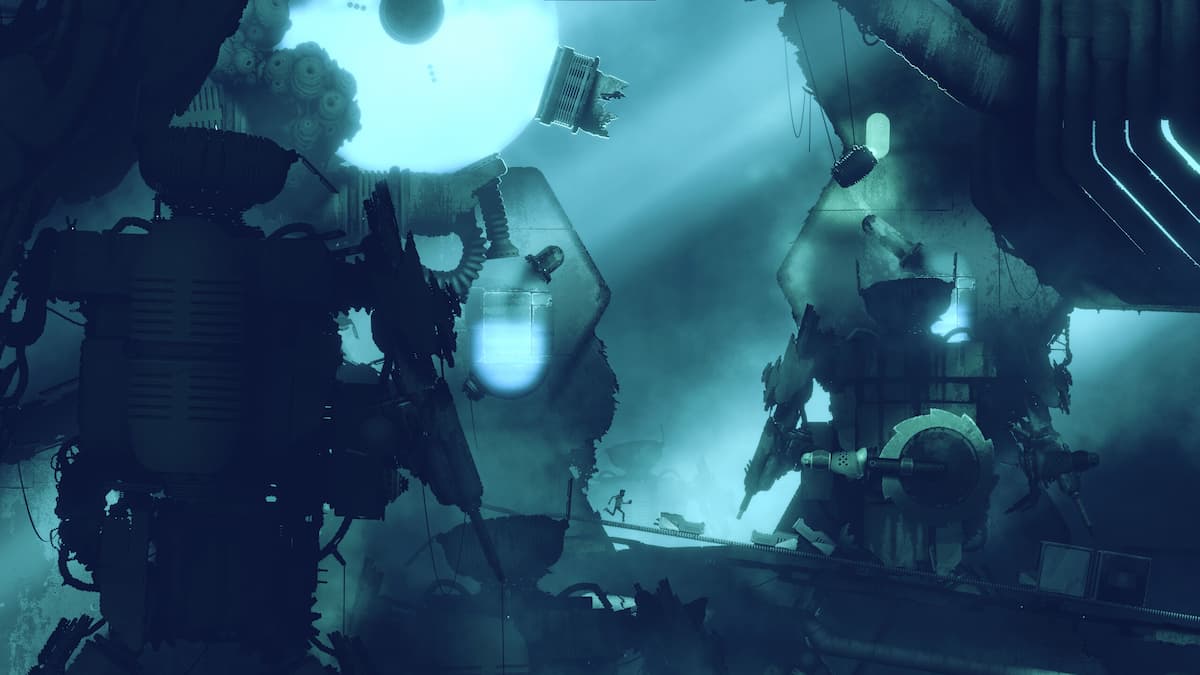It’s crazy how far Mario Kart has come in its 22-year history. What began as a novel idea of unleashing Mario and his friends in a racing environment somehow became one of Nintendo’s most popular franchises.
The series will reach its highest peak with the release of the long-awaited Mario Kart 8 for the Wii U. However, before stepping into the future, join us as we look back into the past.
Super Mario Kart (1992)
Back in the SNES era, we didn’t have too many racers to choose from that utilized the built-in Mode 7 technology (aside from F-Zero, of course). With Mario Kart, we received the racing experience we deserved, chock full of fun level designs, innovative power-ups and best of all, two-player split-screen support, so you could race against a friend.
Mario Kart 64 (1999)
In 1999, Nintendo revolutionized the racing world once more with Mario Kart 64. This time around, the track designs were far more intricate, ranging from island getaways to car-loaded freeways. For good measure, the power-ups expanded greatly, including some real game-changers like the homing red shell. Finally, the introduction of four-player split-screen multiplayer made this an instant party favorite – and one we still enjoy.
Mario Kart: Super Circuit (2001)
In 2001, Nintendo introduced the Mario Kart franchise to portable systems for the first time with Super Circuit for the Game Boy Advance. Even though the game used 2D sprites for the characters (the last in the series to do so), it still managed to amaze with over 20 unique courses to race on. In addition, players could either connect with four separate cartridges for multiplayer, or all play on one single cartridge, provided that the systems were connected together with a Game Boy Link cable. (Obviously, multiplayer has since gotten simpler since them with the DS and 3DS versions…)
Mario Kart: Double Dash!! (2003)
For its GameCube debut, Nintendo tried a new feature – the ability to drive with a two-character team. In Double Dash!!, one character takes the wheel while the other brandishes power-ups to throw at enemies. Although the concept didn’t stay with the series for long, many players enjoyed it, and the return of effective power-ups and split-screen multiplayer made this one of the best GameCube offerings around.
Mario Kart DS (2005)
In the midst of the 2000s, the Mario Kart franchise picked up steam with Mario Kart DS. Not only could players partake in the racing fun they’ve come to expect over the years, but the dual-screen set-up also let them keep an eye on opponents and incoming power-ups. For good measure, you could also connect with friends in multiplayer matches without having to worry about splitscreen. Almost a decade later, this remains one of the DS’ greatest games.
Mario Kart Arcade GP (2005)
The same year that Mario Kart made its debut on the DS, Nintendo teamed with Namco Bandai to bring the experience to arcades. Although it works somewhat differently from the home releases (with its own unique track designs and arcade-style gameplay with a steering wheel), Arcade GP turned out to be a big success for both companies – one that would carry over into two sequels, 2007’s Arcade GP 2 and 2013’s Arcade GP DX.
Fun side fact: this series also introduced Pac-Man to the roster.
Mario Kart Wii (2008)
The Wii chapter of Mario Kart is significant in many ways. It introduced a stunt-enabled system to get additional power boosts, integrated online match-ups through Nintendo Wi-Fi Connection set-ups (with very little problem, outside of trying to invite friends) and also introduced amazing new graphics that have since become a staple in the franchise. For good measure, the various control options were nice to have, especially if you didn’t want to use the Wii Wheel.
Mario Kart 7 (2011)
For its next step in the franchise, Nintendo opted to go 3D with Mario Kart – and it paid off significantly. Mario Kart 7’s graphics really look like they’re coming at you as you go speeding down the road. For good measure, the series also introduced aerial aspects, with the ability to glide over certain parts of the track, as well as drive underwater. Who needs oxygen when you’ve got turbo boosts?
Mario Kart 8 (2014)
Finally, we come to the most recent chapter of the series, which is considered the most compelling to date. Featuring high-definition visuals that stand out from other entries in the series, the ability to drive up walls and ceilings with new anti-gravity capabilities and the option to upload race replays and other highlights to YouTube, Mario Kart 8 is bound to be a party favorite this summer, and for summers to come. For good measure, the online play should give the Nintendo Network a huge push.
The Future?
Where does the Mario Kart franchise go from here? It’s anyone’s guess, but Nintendo will keep releasing sequels. Maybe we’ll see some new downloadable content for Mario Kart 8, or maybe a new version will come in a couple of years that will enable cross play with both the 3DS and Wii U. Keep those fingers crossed!





Published: May 30, 2014 8:16 PM UTC